Backlog Review: Triangle Strategy Strikes Back with Conviction
Square Enix's new HD-2D adventure is a grand step up
From the moment I first saw the trailer for Square Enix’s Octopath Traveler, it instantly became one of my most anticipated games ever. The game promised a unique modernization of classic turn-based JRPG gameplay, featuring eight completely unique stories running concurrently. To top it all off, the game’s art direction was absolutely breathtaking. 2D sprites walked among gorgeous three-dimensional dioramas, giving birth to the HD-2D art style. Put everything together and it gave me the impression of an incredible looking game packed with excellent content, and I couldn’t have been more excited to get my hands on it.
The end result turned out to be something of a mixed bag for me. I enjoyed Octopath Traveler quite a bit. A few of the individual stories were quite compelling, the gameplay was engaging and dynamic, and of course, the promise of incredible art was held up. Sadly, the game had a few key features that made the experience more difficult to enjoy than I hoped for; namely, the map and the different character stories. The world map was gigantic, taking a significant amount of time to traverse, an issue made worse by the flood of random encounters which plagued every inch of it. Combined with the indistinct visual nature of the map, you had to spend more time staring at the minimap than the beautiful art, and getting from place to place was an absolute chore. The other big issue was that after forming a party and being beside each other in battle, characters were completely absent from each other’s story cutscenes. This created a strange disconnect where characters felt as if they existed in different worlds in spite of appearing literally next to each while fighting.
Octopath Traveler ended up being a game that I had a lot of fun playing, but it didn’t quite live up to the full extent of my expectations. That’s why I was beyond excited when I learned of Square Enix’s next HD-2D game, Triangle Strategy. I had high hopes that this title would take the incredible amount of promise Octopath Traveler had and iron out the wrinkles. Did it manage to achieve this? I would say yes, even if it took a different path from what I expected.
Triangle Strategy is not a direct sequel to Octopath Traveler in any way, shape or form. The plots have nothing to do with one another, nor do the games take place in the same universe. That was known long before launch, yet the similar visual styles might have caused some confusion. While both games share a lot presentation-wise, Triangle Strategy offers a considerable shift in gameplay. Those expecting turn-based JRPG gameplay like Octopath might be caught off guard to discover that Triangle Strategy features tactical role-playing gameplay instead. Picture something akin to experiences like Fire Emblem or Final Fantasy Tactics. Essentially, Triangle Strategy may look the same as Octopath Traveler, but the gameplay experience is vastly different.
One of the best parts of Octopath Traveler for me was the incredibly unique break mechanic. It was unlike anything I had seen in a JRPG before and made combat fresh and dynamic. With the change in gameplay, I was worried that the tactical style of Triangle Strategy might not have its own standout feature. My fears were baseless, however, as the combat in Triangle Strategy is just as unique. This is largely thanks to the heavy focus on positioning.
Positioning is, of course, nothing new in and of itself to the genre. Some of the ideas here, such as other units joining in on your attacking turn if close enough to an enemy, have been seen elsewhere before. What takes the positioning focus to the next level is the emphasis on different terrain heights and backstrikes. Attacking from behind deals increased damage, but the journey to get there likely leaves you far away from your allies. It’s the same situation with moving to higher ground to strike opponents from above. With how difficult the game is, you often cannot afford a misstep for even a single turn, and choosing the wrong position can result in a grim fate.
As you can tell, Triangle Strategy is quite difficult. The game lacks permanent death; a fact that may upset some purists, but the difficulty in general is truly punishing. The dev team has made sure to craft brutally challenging levels that can often fall apart with a single incorrect decision, requiring you to plan out each step caefully. I’m a fan of this design direction, as it creates battle situations that push you to the edge, especially knowing that some team members will have to be sacrificed for the greater victory. Knowing full well that not every unit will see the end of the battle makes for an interesting approach to combat, as you might end up sacrificing certain units in order to keep the heavy hitters or healers until later in the fight. Skirmishes often come down to one unit standing, and they’re left to handle the remaining enemy troops; a scenario which frankly feels exhilarating.
Topping the excellent combat off is the wide roster of playable units, which feel varied and wholly unique from one another. Each member feels like it lacks significant overlap with any other, allowing players to customize their builds to best suit their playstyle. I love the combat of Triangle Strategy so much that I honestly prefer it to that of Octopath Traveler, and while that may be a result of me preferring tactics gameplay to turn-based, it’s still quite a feat given how much I enjoyed the boss fights in Octopath Traveler.
Speaking of Octopath Traveler, I am happy to say that one of my biggest gripes with that game, traversing the map, has been beautifully handled in Triangle Strategy. Rather than having to physically traverse a sprawling world infested with unavoidable enemies, moving from level to level is as simple as selecting your next location on the map. While I’m sure there’s an argument to be made for this decision resulting in a smaller-feeling world, I still say this approach works to the game’s benefit. Triangle Strategy is a much smaller story in scope, not covering as much ground in terms of narrative or literal terrain. Even if this were not the case, the new world map makes for a significantly less irritating experience, and that’s more than worth it to me.
To replace the experience of wandering the world map, Triangle Strategy has free-roaming sections where you explore small areas, search for items and speak with NPCs. Talking with these characters will sometimes bring up a selection of answers to respond to their queries with. This same scenario will also occur during some cutscenes. The three responses you can choose from each gravitate towards one of utility, morality, or liberty. Which answer you select will strengthen the convictions of Serenoa, the game’s protagonist. Depending on which answers you give, it will become easier to convince certain allies to join your cause. These free-roaming areas are quite enjoyable, and having the opportunity to make decisions that actually impact your specific playthrough is always fun.
It is important to note that these areas aren’t very large, but moving around in them feels rather pleasant. This is partially due to the presentation, which makes tremendous use of the art style. These areas tend to be surrounded by castle walls or buildings and feature multiple levels to move up and down. I found these sections were where the game leaned the most into the diorama aspect of the art design, coming off as little paper people navigating grand painted settings.
On that note, the overall presentation of Triangle Strategy is phenomenal, as one could reasonably expect given how incredible its HD-2D predecessor looked. The HD-2D pixel art remains breathtaking, massively impressing me with the lighting in particular. It has a very warm feeling to it, which when combined with the small character models amidst highly detailed cozy areas, gives the game a storybook tone to it. It feels oddly nostalgic, even when playing for the first time.
In terms of the tale told, it’s difficult not to compare the single story approach of Triangle Strategy against the eight journeys in Octopath Traveler. When I first learned about this change in storytelling, I was skeptical. While there were certainly issues connecting the eight paths, and they were all somewhat simplistic due to the limited amount of time each could be given, I still loved the multiple stories. Being able to move on to a different plot line if one of them was tiring you kept things feeling refreshing. That much I can’t say for Triangle Strategy, as if you do grow tired of the story, you are unable to move on from it. That’s about all I can say against it, however, as the plot of Triangle Strategy is brilliant.
Triangle Strategy builds off of a relatively simple premise; a noble, but unprepared prince must take over his predecessor’s post. The story in this game expands so much more than I could’ve guessed, and it’s extremely clear that the developers wanted to take full advantage of telling a singular tale. The world crafted is one of real consequence. Characters you grow attached to die, people in power do absolutely ghastly things to those they deem beneath them, and those who you trust turn their backs. It’s a mature, somewhat dark story that respects the player enough to not hold back.
Even better is the immense way that your choices impact the course of the story. In this day and age, we see a lot of games where the choices you make have no real influence on the plot. They add a little bit of flavor to your experience, but ultimately the end result will be the same for you as it is for every other person. This is not the case in Triangle Strategy, as the numerous decisions Serenoa makes directly shape the path that he takes. Sometimes you’ll see these outcomes in a very direct way, and others will unfold as the story rolls on.
There are four possible endings in Triangle Strategy, and each takes different characters with you and features vastly different story events. This adds a great deal of replay value to the game, especially if you want to get the good ending. The good ending is the only one not offered to you automatically, and you will only get to go down this path if you make enough of the correct decisions earlier on in the game. This means you likely won’t see the good ending until your second playthrough, at the very least. The bad endings are genuinely miserable and brutal, although I’ll refrain from sharing specifics as to not spoil things. I truly respect the developers’ willingness to go all-out with these harsh endings, as they make the experience that much more impactful. Triangle Strategy holds strong to its themes of love, loyalty, and standing up for those in need. When you go against these ideals, the world suffers for it.
As I’ve said, it’s difficult not to compare Triangle Strategy to Octopath Traveler. However, in almost every area where I compare it to Octopath Traveler, the new kid on the block comes out on top. If you enjoyed Octopath Traveler, you’re almost guaranteed to have a good time with Triangle Strategy, as it fixes nearly all of that game’s issues. If you’ve never played Octopath Traveler, then Triangle Strategy is a triumph that stands all on its own. The worst I can say about this game is that it gets off to a bit of a slow start. The beginning of the game feels like cutscene after cutscene with a meager handful of battles sprinkled throughout, so it can be a bit of a slog to get going. Once you get there, though, everything is very much worth the wait.
About brendan_tenkai
Brendan Trump is a features writer and game reviewer for GoNintendo. His opinions about everything are entirely correct.
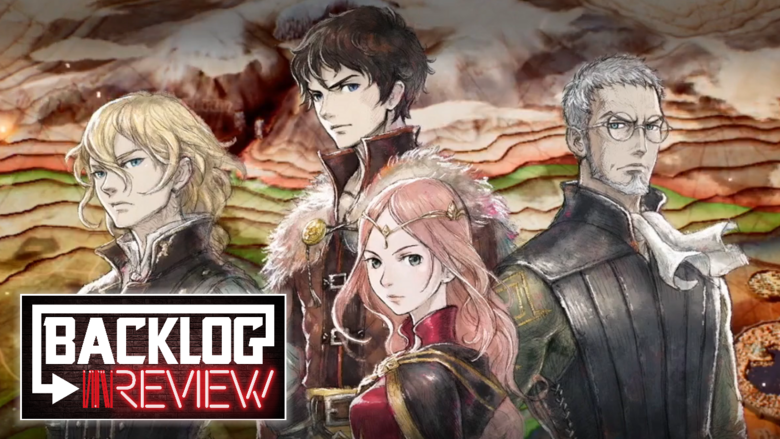
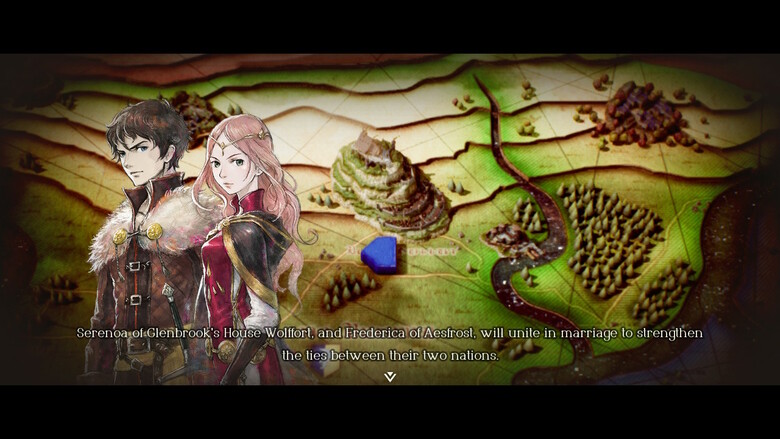
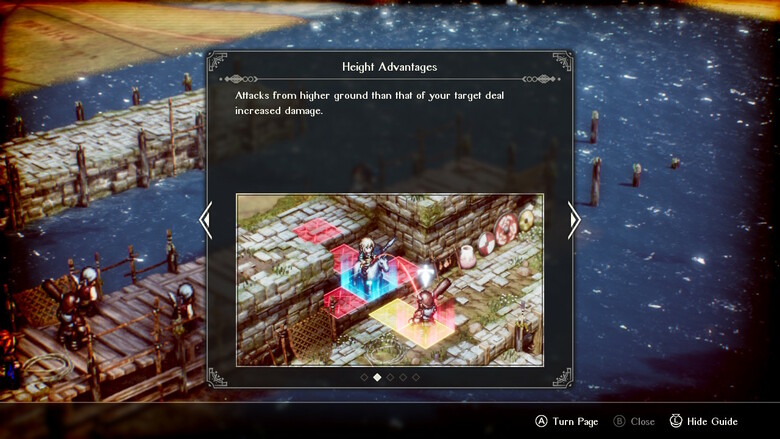
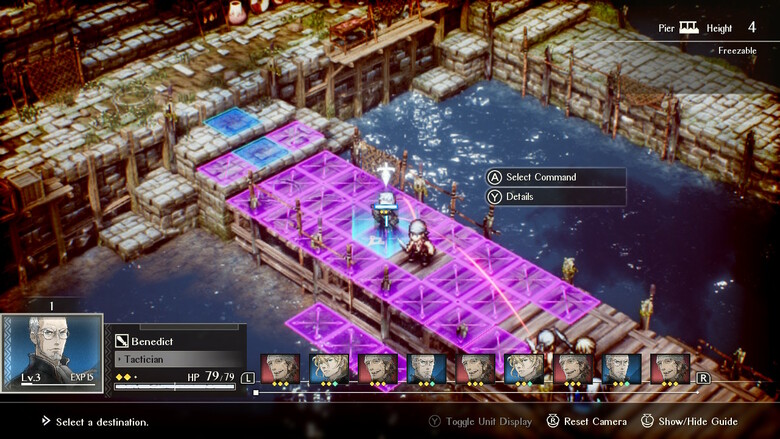
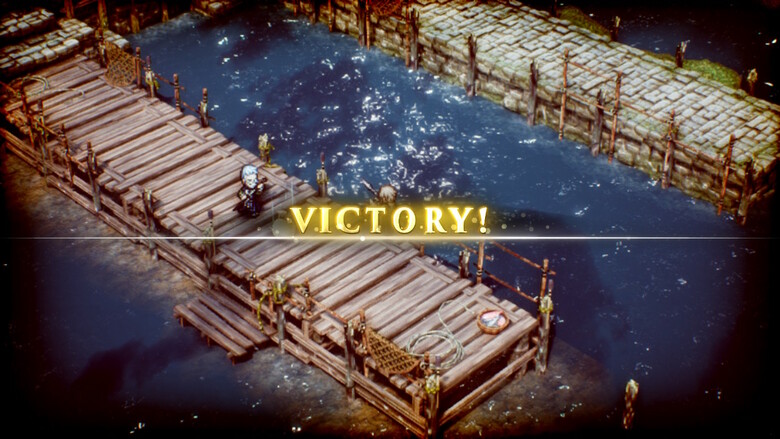
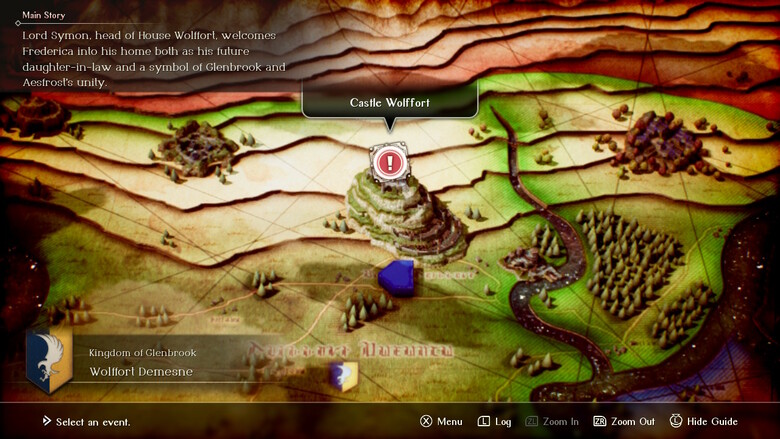
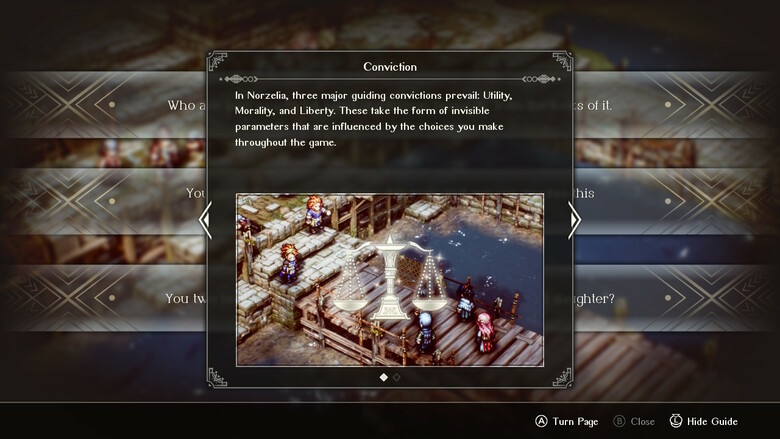
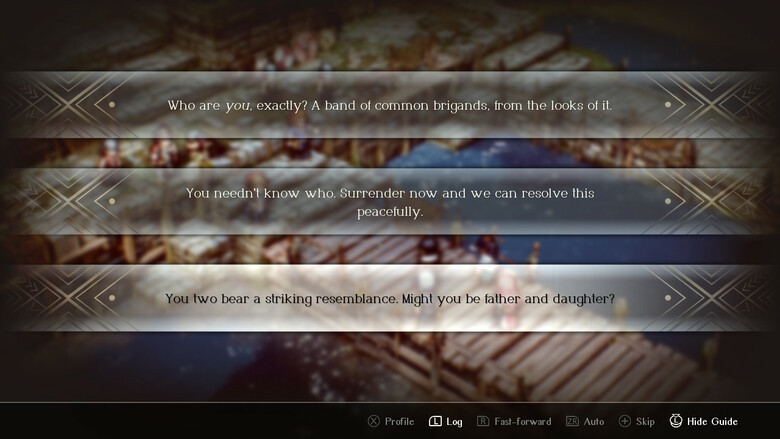
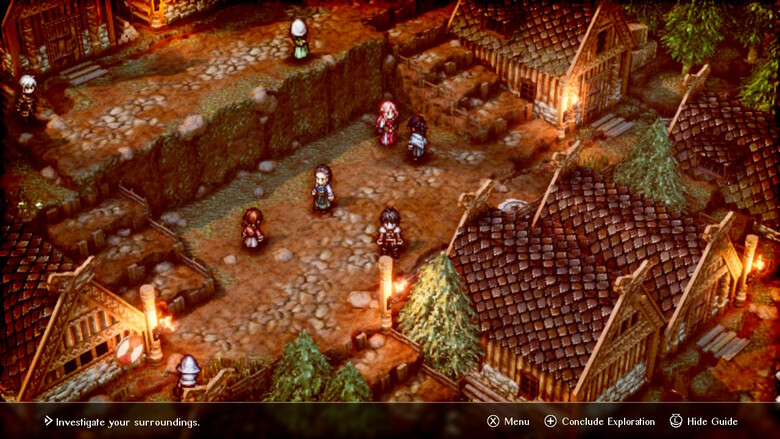
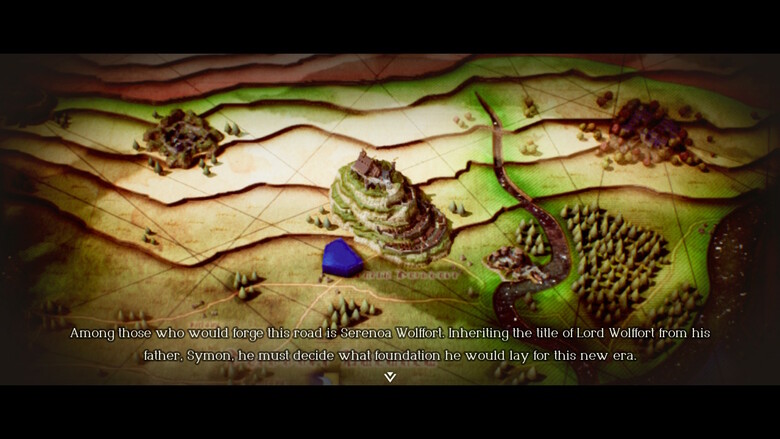
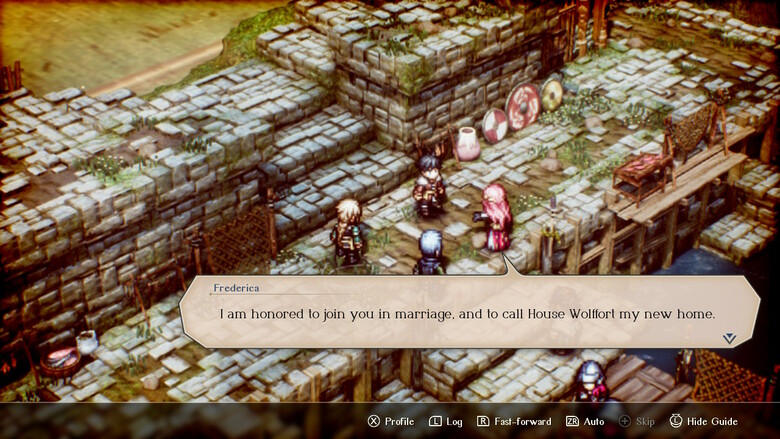
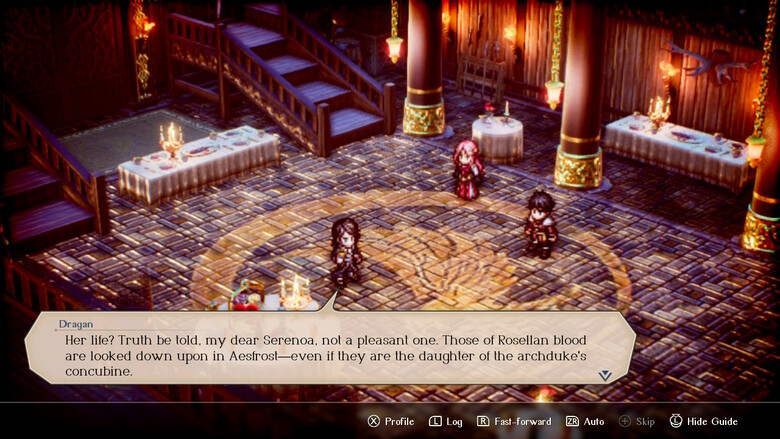
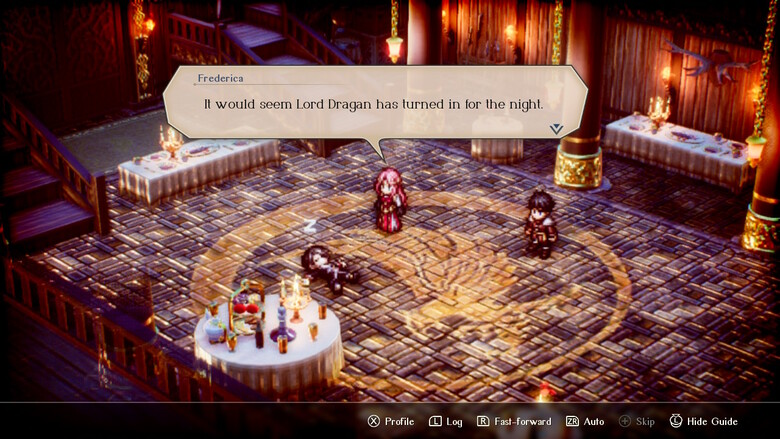
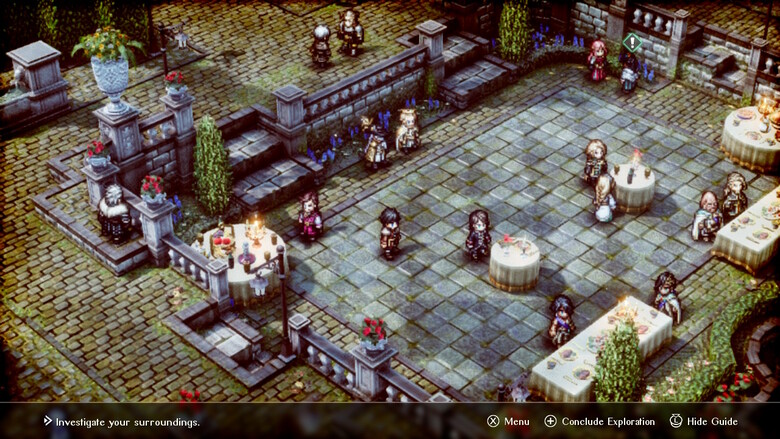
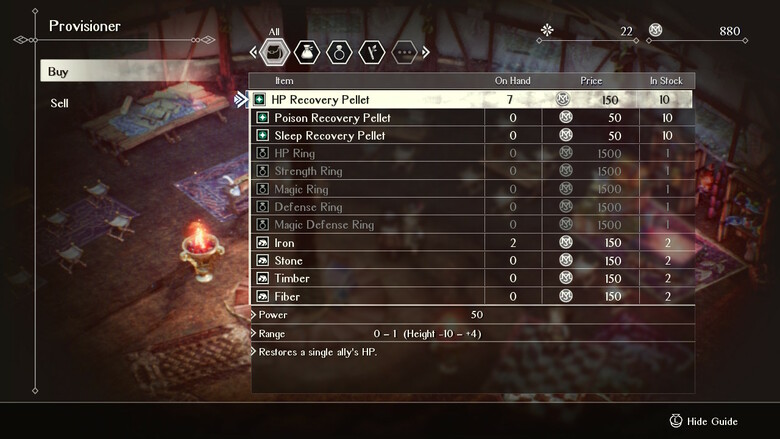
Comments (0)